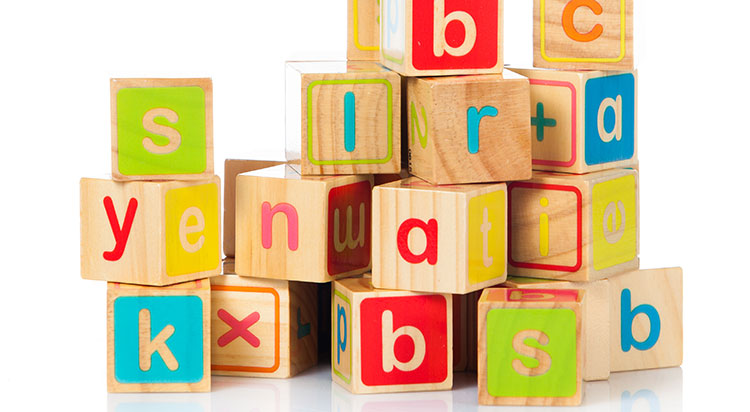Some of our visitors ask us why all our materials are printed in
lower-case letters as opposed to
upper-case letters. We know that many preschool and kindergarten teachers focus on teaching upper-case letters first.
The ability to recognize lower-case letters (a, b, c, etc.) on sight is more important for reading. Just look at this webpage. Almost all the letters here are lower-case letters!
Because most of the words children read are made up of lower-case letters, we at SightWords.com strongly recommend that you use the lower-case letters to teach the letter
sounds. Reading consists of taking the individual letter sounds and blending them together into whole words.
You will find many activities for learning letter sounds in the second half of our
Phonological/Phonemic Awareness curriculum, starting with the
Word Families and
Beginning Sounds modules.
Use lower-case letters to teach the letter sounds.
Use upper-case letters to teach the letter names.
So should you ignore the upper-case letters? Of course not! We recommend that you use upper-case letters (A, B, C, etc.) to teach the
names of the letters.


6 Responses to “Case Wars: Upper vs. Lower Case Letters”
Franchesta
This is the first time that I have visited your site and I am finding it to be amazing! As a veteran pre-k teacher I am grateful to find such a site with the amount of materials and resources that you offer. I have one question. I teach both the upper and lowercase letters together. What is your thoughts on this?
ADMIN – Hi Franchesta,
Great to hear from a fellow veteran! I just retired after 35 years in the public schools system.
We find it to be more effective only to use the lower case letters when matching the phonemic sounds to the sound cards on Modules F through .L. That’s because children encounter lower case letters in print at least 10-15 times more frequently than they do upper case letters. So when you teach lower case, they get lots of practice recognizing letters out in their environment which creates great positive reinforcement.
If you choose to teach the NAMES of the upper case and lower case letters together, okay. Just don’t do it at the same time you teach phonological awareness activities. That can be confusing to them. Remember, it’s the SOUNDS of the letters of the alphabet, not letter names, that lead to decoding words later on. If you teach letter names at one time of the day and teach phonemic awareness at a separate time altogether, this may work fine.
I like telling children that every grown up letter has a name and it has a “child” with the same name. Sometimes the child looks just like its parent and sometimes it doesn’t. Then I play a lot of matching games emphasizing the names of the letters ( e.g. Big C and little c) However, I emphasize the sound of each letter at a totally separate time and only use lower case letters to represent the way a given sound looks when it is written.
I hope I that helps.
Mary robinson
Good information, I had always had that question about the case I should be using to teach my kids.
Dagnachew Moges
Dear Experts,
Which one should be taught first: the phonemic awareness, or the name of the letter?
Amanda Wahid
I have always taught the uppercase and lowercase letters together like this… I hold up a letter (Aa) and sing “my name is A and my sound is /a/ …. /a/, /a/, /a/“. Sometimes we sing “and I have 2 sounds” like /g/ and /j/. But after reading your article, you have a clear argument for teaching them separately. I’ll try it this year.
Lenora
I really enjoyed this
Patricia Holmes
Great information. Thank you.